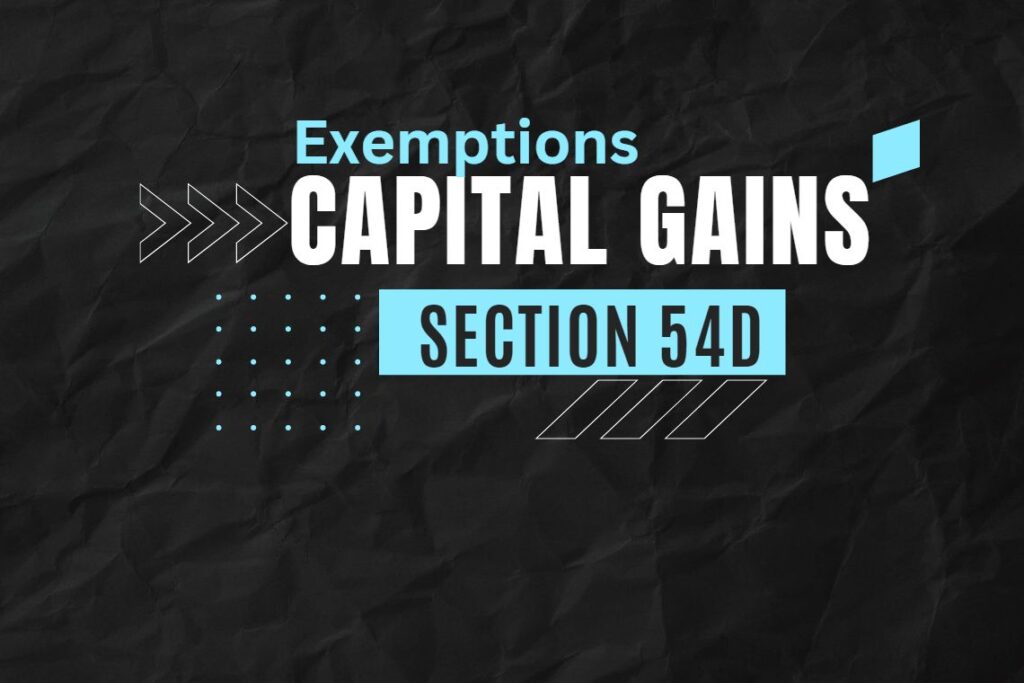(1) In the world of business and taxation, there are various provisions and regulations that govern the treatment of capital assets and stock-in-trade. One such provision is section 45(2) of the Income Tax Act, which deals with the capital gain on the conversion of a capital asset into stock-in-trade. In this blog post, we will delve deeper into this provision and understand its implications.
(2) Section 45(2) of the Income Tax Act states that if a capital asset, being land or building, or both, is converted into stock-in-trade, then the profits or gains arising from such conversion shall be chargeable to tax as income of the previous year in which the stock-in-trade is sold or otherwise transferred.
(3) This provision essentially means that if an individual or a business entity converts a capital asset, such as a piece of land or a building, into stock-in-trade, any profits or gains arising from the sale or transfer of the stock-in-trade will be treated as taxable income.
(4) It is important to note that the capital gains on such conversion are not calculated at the time of conversion itself. The tax liability arises only when the stock-in-trade is sold or transferred. This means that if the stock-in-trade is held for a long period of time without any sale or transfer, there will be no tax liability.
(5) The capital gains on the conversion of a capital asset into stock-in-trade are calculated in accordance with the provisions of the Income Tax Act. The cost of acquisition of the capital asset is considered as the cost of acquisition of the stock-in-trade. Similarly, the period of holding the capital asset is considered as the period of holding the stock-in-trade.
(6) It is also worth mentioning that section 45(2) provides certain exceptions to the tax liability. If the converted stock-in-trade is held as stock-in-trade for a period of less than 36 months, and is subsequently converted back into a capital asset, then the capital gains arising from such conversion are not chargeable to tax.
(7) Furthermore, if the converted stock-in-trade is held as stock-in-trade for a period of 36 months or more, and is subsequently converted back into a capital asset, then the capital gains arising from such conversion can be deferred by investing the gains in specified assets as per the provisions of section 54F of the Income Tax Act.
(8) In conclusion, section 45(2) of the Income Tax Act deals with the capital gain on the conversion of a capital asset into stock-in-trade. It is important for individuals and business entities to understand the implications of this provision and comply with the tax laws accordingly. By doing so, they can ensure that they fulfill their tax obligations and avoid any unnecessary tax liabilities.
Overview of the Provisions under Section 45(2)
Section 45(2) of the Indian Income Tax Act, 1961, deals with the taxation of capital gains arising from the conversion of a capital asset into stock-in-trade. This section is relevant when an individual or business converts a capital asset (such as land, building, or securities) into stock-in-trade (inventory) for the purpose of their business. Here’s an overview of the provisions under Section 45(2):
1. Applicability:
Section 45(2) applies when there is a transfer of a capital asset into stock-in-trade. This typically happens when a taxpayer, who was holding a capital asset for investment purposes, decides to use it in their business as stock-in-trade. Common scenarios include a builder converting land into inventory for construction or a trader converting investments into trading securities.
2. Tax Event:
The conversion of the capital asset into stock-in-trade is considered a transfer for tax purposes, even if there is no actual sale or consideration involved. This means that capital gains tax is triggered at the time of conversion.
3. Computation of Capital Gains:
The capital gains are computed as the fair market value (FMV) of the capital asset on the date of its conversion into stock-in-trade, minus the cost of acquisition. If the asset has been held for more than 24 months (long-term capital asset), it is taxed at the applicable long-term capital gains tax rate. If held for 24 months or less (short-term capital asset), it is taxed at the short-term capital gains rate.
4. Fair Market Value:
The FMV is determined as per the rules and guidelines specified under the Income Tax Act. It may involve valuations, appraisals, or other methods to ascertain the market value of the asset at the time of conversion.
5. Cost of Acquisition:
The cost of acquisition is the original cost of acquiring the asset. If the asset was received as a gift or inheritance, special rules may apply to determine the cost of acquisition.
6. Exemptions and Deductions:
Some exemptions and deductions available for capital gains under other sections of the Income Tax Act may also apply in the case of Section 45(2). For example, if the taxpayer invests the capital gains in specific assets like residential property or eligible bonds, they may be eligible for exemptions.
7. Advance Tax:
The taxpayer may be required to pay advance tax on the capital gains arising from the conversion, depending on the amount involved.
Reporting and Compliance: It is important to report the capital gains from the conversion in the income tax return and comply with all the provisions of the Income Tax Act related to capital gains.











